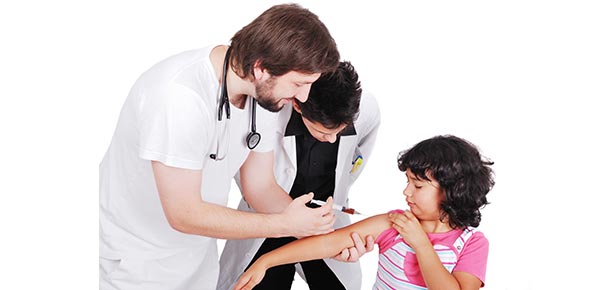Chapter 14: Principles Of Disease And Epidemiology
- CDC
- WHO
- NIH
2.
You may optionally provide this to label your report, leaderboard, or certificate.
×
Thank you for your feedback!

















